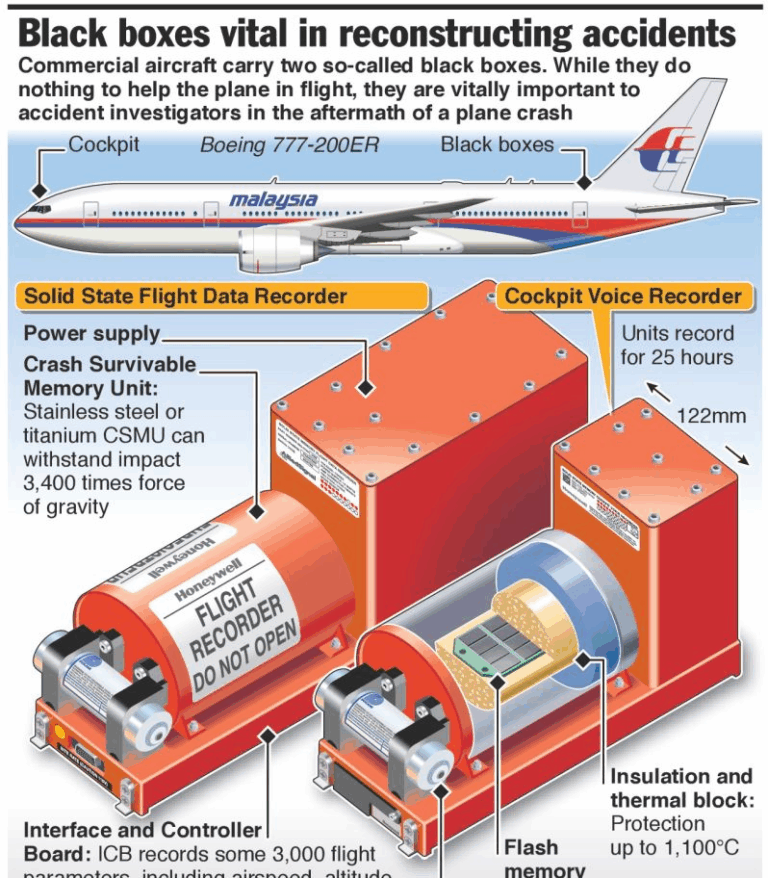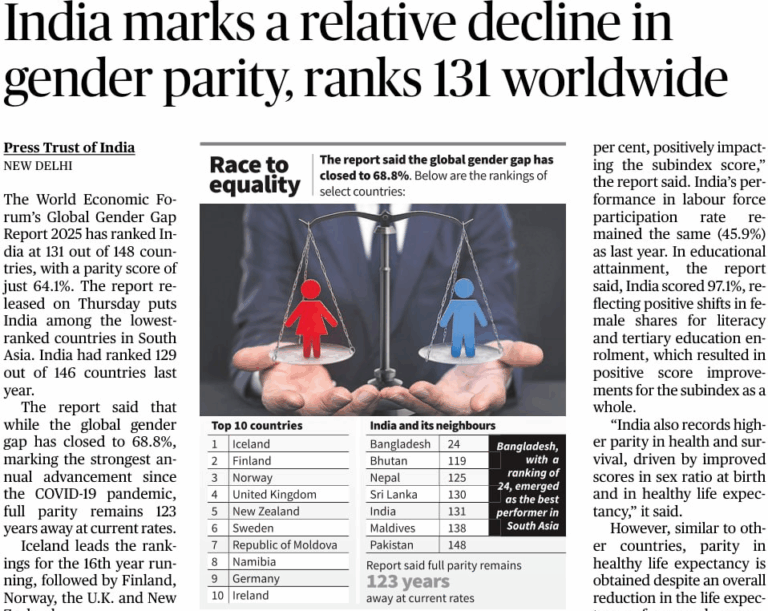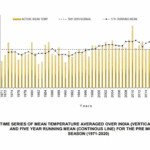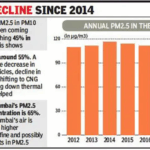Endgame of a 2,611-Year-Old Enmity: The Israel-Iran Conflict and Its Global Reverberations
Why in the News?
On June 13, 2025, Israel launched Operation Rising Lion, a sweeping and intense military campaign targeting Iran’s nuclear and missile capabilities. This marks a historic escalation in the 2,611-year-old conflict between Jewish and Persian civilisations, originating as far back as 586 BCE.
- The recent operation involved coordinated aerial strikes, targeted assassinations of Iranian military and scientific leadership, and cyber and kinetic attacks on strategic infrastructure.
- Amid a rapidly shifting West Asian geopolitical landscape, this conflict threatens to redraw regional alignments, spike oil prices, revive terrorism, and potentially draw in major powers like the United States.
- The operation is being interpreted as the climactic moment in an ancient rivalry, but its consequences could resonate well beyond the two nations involved.

Background
Historical Roots of Jewish-Persian Rivalry
- The roots trace back to 586 BCE, when the Babylonian King Nebuchadnezzar II destroyed the First Jewish Temple.
- Ironically, it was Cyrus the Great of Persia who allowed Jews to return and rebuild the Second Temple in Jerusalem.
- In modern times, however, relations nosedived after Iran’s 1979 Islamic Revolution, where the anti-Zionist position became ideological.
- Iran has since positioned itself as the foremost regional adversary of Israel, backing militant groups like Hezbollah, Hamas, and the Houthis.
The October 7, 2023, Hamas Attack
- A major inflexion point came with the Hamas attack on Israel, which Israel claims was backed by Iran.
- This initiated 21 months of proxy warfare, with Israel targeting Iranian allies in Lebanon, Syria, Gaza, Yemen, and even Iraq.
- Israel’s ultimate aim became increasingly clear: to degrade Iran’s strategic capacity, particularly its nuclear and missile programs.
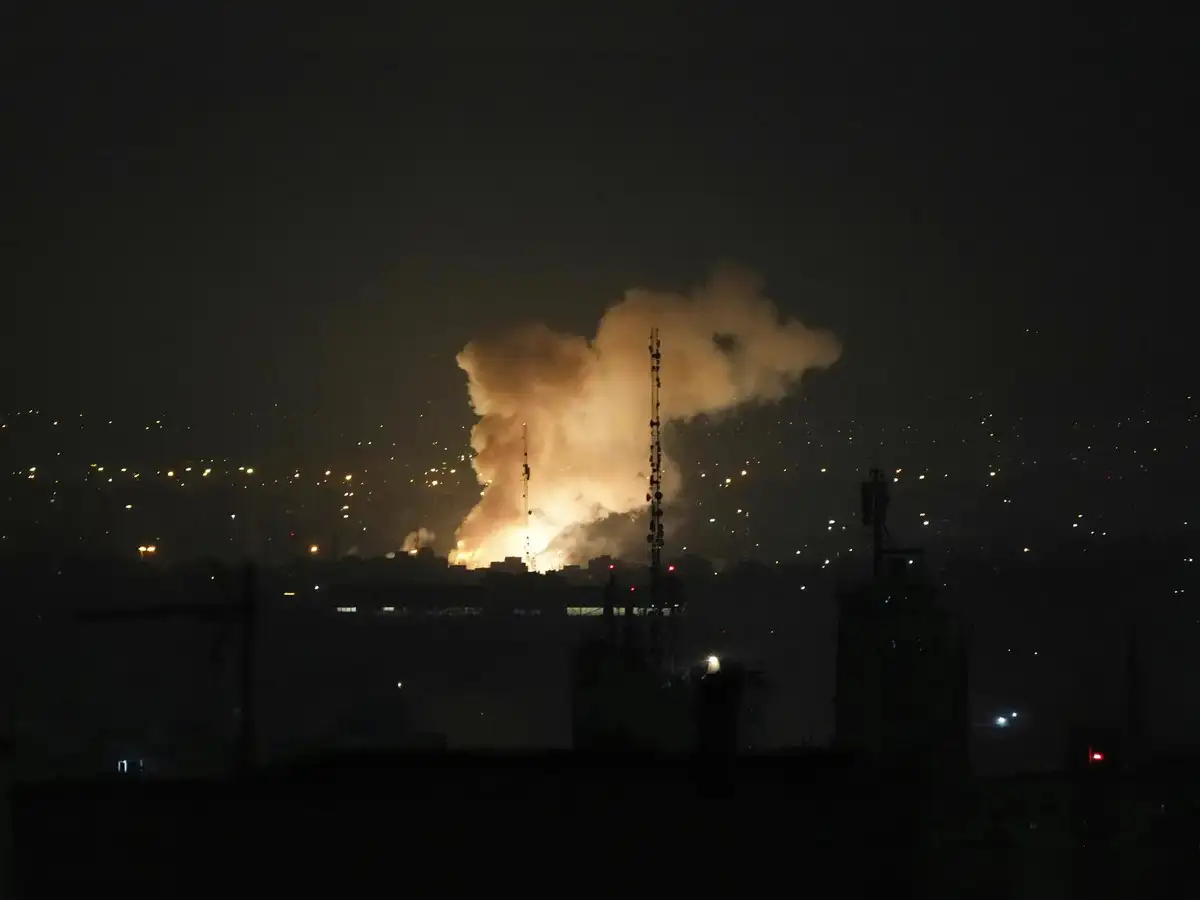
The Global Context
- The United States, under Donald Trump’s second term, amplified “maximum pressure” on Iran, backing Israel diplomatically and militarily.
- The 2025 IAEA resolution condemning Iran’s nuclear non-compliance, passed a day before the attack, hints at premeditated coordination with Israel’s campaign.
- Meanwhile, Saudi Arabia and other Sunni states, though wary of both Iran and Israel, have remained cautiously silent, fearing both blowback and domestic unrest.
Key Features of Operation Rising Lion
Tactical Objectives
- Neutralise Iran’s nuclear enrichment facilities and missile launch sites.
Assassinate high-value Iranian figures, including: - Chief of Armed Forces
- Revolutionary Guard Commanders
- Six top nuclear scientists
- Dismantle Iran’s command-and-control systems via cyberattacks and airstrikes.
Execution Strategy
- Over 200 Israeli jets attacked more than 100 targets in a single day.
- The operation leveraged real-time intelligence, cyber warfare, and hypersonic precision weaponry.
- Target selection ensured both strategic gain and psychological deterrence.
Geostrategic Preparation
- Ouster of Assad in Syria-long an Iranian ally, opened Israel’s eastern front.
- Offensive assets like bunker-busting munitions and satellite surveillance were upgraded.
- Multi-layered missile defence systems were installed to intercept Iranian retaliatory strikes.
Challenges and Risks
Iran’s Retaliatory Capacity
- Iran retains asymmetrical warfare capabilities via its proxies in Lebanon, Syria, Iraq, and Yemen.
- Strait of Hormuz disruptions could endanger a fifth of global oil trade.
- Rising nationalism in Iran could galvanise internal support for the regime despite its failures.
Potential Regional Fallout
- Sunni-majority Arab states fear:
- Shia unrest within their borders.
- Terrorist attacks on oil infrastructure.
- Collapse of fragile détente under the Abraham Accords
- Revival of ISIS or al-Qaeda due to instability is a serious threat.
Global Economic Impacts
- Oil price surges, inflation spikes, and supply chain disruptions could compound economic slowdowns already caused by trade wars and climate crises.
- Financial markets have already reacted to volatility in West Asia.
- The U.S. and EU may be reluctantly drawn into a prolonged conflict they had hoped to avoid.
Unpredictability of Escalation
- Like Operation Desert Storm (1991), Israeli planners hoped for a swift neutralisation of Iran’s strategic threat.
- But if Iran proves resilient, it may expand the war, involving Pakistan, Afghanistan, or Central Asia.
- A full-scale West Asia war cannot be ruled out.
Way Forward
Diplomatic De-escalation
- The United Nations Security Council must push for immediate ceasefire negotiations.
- Resurrecting elements of the 2015 Joint Comprehensive Plan of Action (JCPOA) could offer a de-nuclearisation roadmap.
- Involvement of neutral intermediaries like India, Qatar, or Switzerland could help defuse tensions.
Middle East Strategic Security Dialogue
- A new regional forum including Israel, Iran, GCC nations, Egypt, and Turkey should be institutionalised.
- Shared concerns like climate change, cyber threats, and economic integration must be prioritised to offset militarised posturing.
Addressing Root Causes
- The sectarian divide between Sunni and Shia blocs must be tackled via interfaith dialogue and reform in political Islam.
- Proxy groups like Hezbollah and Hamas must be brought into international accountability frameworks.
Non-Proliferation Enforcement
- IAEA’s mandate must be expanded with enforcement powers.
- Both Israel’s undeclared nuclear arsenal and Iran’s ambitions must be brought under a Middle East Nuclear Weapon Free Zone (MENWFZ) treaty.
- AI-powered verification mechanisms can ensure real-time compliance.
Economic and Civil Society Engagement
- Sanctions have failed to deter Iran but have hurt its civil population.
- Constructive economic engagement, energy investments, and cultural diplomacy may be better tools for long-term stability.
- Youth and civil society groups on both sides should be encouraged to reject violent state ideologies.
Conclusion
The Airstrikes of June 13, 2025, mark a pivotal moment in the Jewish-Persian civilizational conflict – a rivalry steeped in theology, geopolitics, and historical trauma. While Israel may have achieved tactical success, the strategic and moral costs remain incalculable. Iran’s nuclear ambitions may be set back, but regional peace remains elusive as long as proxy wars, ideological polarisation, and power politics continue to dominate West Asia.
FAQs -Israel-Iran Conflict 2025
Q1. What triggered the latest conflict between Israel and Iran in 2025?
The immediate trigger was Israel’s “Rising Lion” operation, launched to neutralise Iran’s nuclear and missile infrastructure following Iran’s missile attacks on Israeli territory and growing regional tensions post-Hamas’s October 7, 2023, assault.
Q2. Why is the Israel-Iran conflict considered historically significant?
The conflict dates back to 586 BCE, symbolising over two millennia of Jewish-Persian tension. This long legacy adds a civilizational dimension to the present-day geopolitical rivalry.
Q3. What are the global economic implications of this conflict?
The conflict threatens to disrupt global oil supplies via the Strait of Hormuz, increase inflation, destabilise markets, and deepen economic uncertainty already caused by ongoing global conflicts and trade tensions.
MAINS PRACTICE QUESTION
Question: What are the geopolitical, military, and economic implications of Israel’s 2025 “Operation Rising Lion” against Iran, and how does it mark a critical turning point in the 2,611-year-old Jewish-Persian enmity?

